Stigmatized for centuries based on a history of social exclusion and institutionalized racism, the Roma identity is struggling to make its way and break through to the path of self-knowledge. Among the prototypes of Roma characters such as witches, beggars, and criminals that are illustrated in literature or cinema about Roma in Europe, there are also Roma characters like Alina from I Declare at My Own Risk, Emilia from Chameleon Girl, Szomna from Who Killed Szomna Grancsa, and Roxana from Del Duma, who tell us stories about what it means to fight with yourself to rebuild your Roma identity.
It was in 2011 and I was twenty-one years old when I saw the first Roma social play. It was called I Declare at My Own Risk, written by and starring the young Roma actress, Alina Serban. It was a one-woman show inspired by the artist's life and the story was about the difficulty and the need to assume her Roma identity. Alina tells us the story of a Roma girl who struggles with the poverty of her family and with the marginalization and discrimination from others. But, even more, she struggles with herself to discover who she really is and accept herself as a Roma in a world where the Roma are disrespected and ostracized.
I truly found myself in Alina's story. As someone who comes from a culturally assimilated Roma family and who was encouraged to hide my identity in public spaces, I was still labeled as a Gypsy by my schoolmates. I was always in search of an identity with which to be comfortable. I recognized in the story presented by Alina Serban the same torment that I had gone through and was still going through. How will others look at me if I admit that I am a Gypsy? Every time I knew I had to admit it, I did it with knots in my throat because it didn't suit me to be a Gypsy. This word is one of the worst labels in the world. Most of the time, I was viewed with a look full of rejection that fixed on me. Because of that, people end up hating and ridiculing me.
We were represented by how others saw and perceived us. That led, over time, to a Roma identity based on negative stereotypes created by non-Roma that were internalized by Roma.
I Declare at My Own Risk was the first production about the Roma in which I felt represented. Until then, I had never identified with Roma characters from literature or cinema such as Esmeralda from The Hunchback of Notre Dame, Carmen from the opera of the same name, or the “beautiful Gypsy” Rada from the film Satra. I understood, even then, that these so-called Roma characters show the Roma in both a superficial and contradictory way, without taking into account the cultural specificity of the community.
On one hand, they present the Roma as marginalized, extremely poor vagrants or uncivilized criminals and, on the other hand, they present us as bohemians, romantic and free. These characters behaved as dictated by the stereotypes of the dominant culture about the Roma because for a long time, the Roma did not have the opportunity to represent themselves. We were represented by how others saw and perceived us. That led, over time, to a Roma identity based on negative stereotypes created by non-Roma that were internalized by Roma.



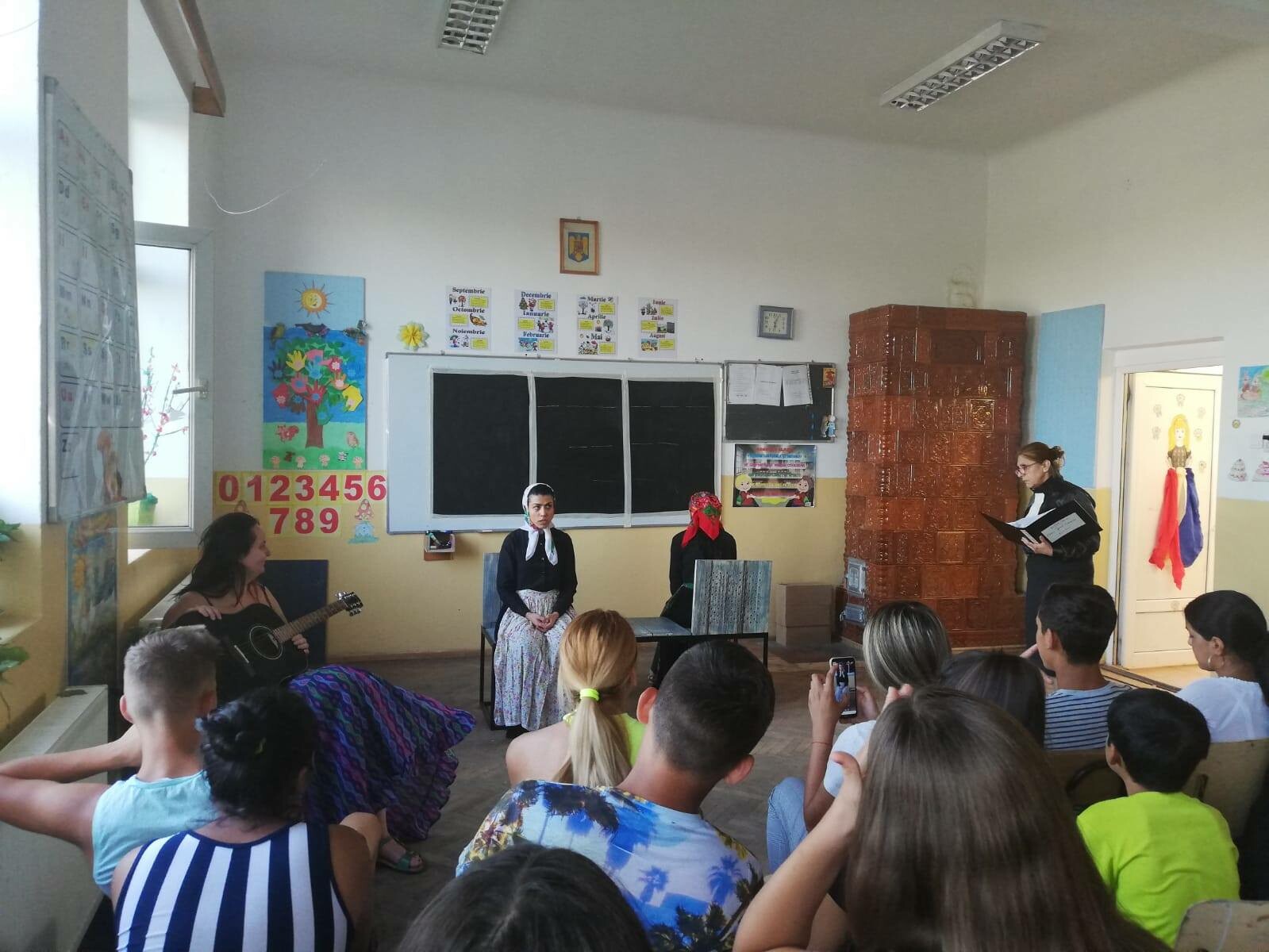
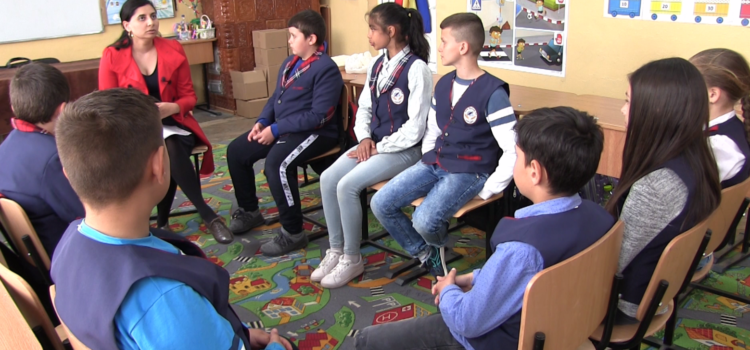
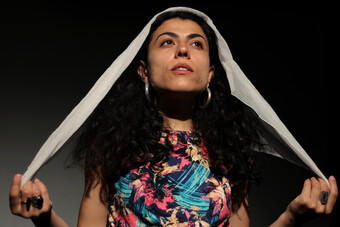

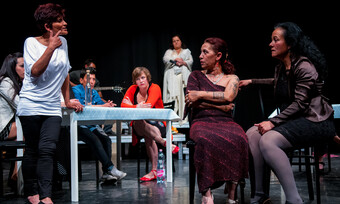

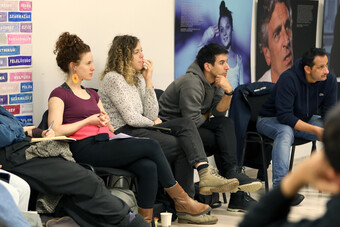


Comments
The article is just the start of the conversation—we want to know what you think about this subject, too! HowlRound is a space for knowledge-sharing, and we welcome spirited, thoughtful, and on-topic dialogue. Find our full comments policy here